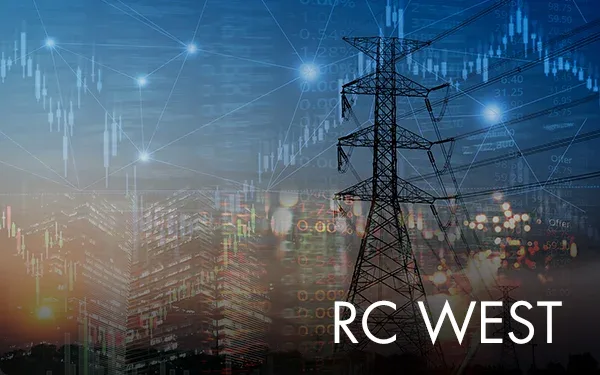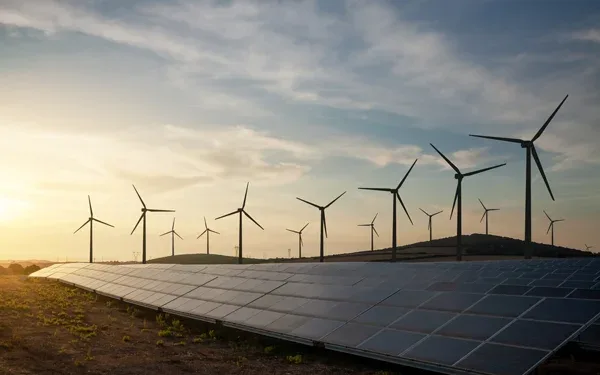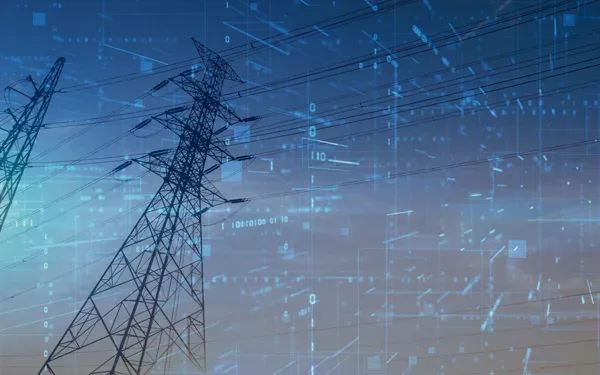A conversation about transmission
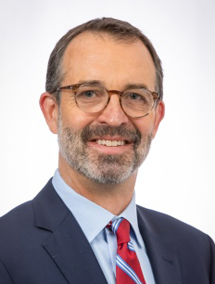
Rob Gramlich is Founder and President of Grid Strategies LLC, where he provides economic policy analysis for clients on electric transmission and power markets in pursuit of low-cost de-carbonization. He is co-founder of Americans for a Clean Energy Grid, the WATT Coalition, and the Future Power Markets Forum. He moderated the CAISO’s 2022 Stakeholder Symposium panel discussion on transmission and agreed to write this blog post on the conversation.
“If you like [renewable] generation, you need to love transmission.”
Joanne Serina began the CAISO’s 2022 Stakeholder Symposium transmission panel - Solutions to the transmission impasse and untangling the wires - with this increasingly popular and timely refrain. We opened our panel acknowledging the conventional wisdom that transmission is really hard to bring to fruition, then we probed the benefits of focusing on it, the specific challenges blocking the way, and some potentially promising solutions. Our extremely knowledgeable panelists weighing in on these topics were: Scott Bolton, senior vice president of Transmission and Market Development for PacifiCorp; Maury Galbraith, executive director of the Western Interstate Energy Board; and Neil Millar, vice president of Infrastructure and Operations Planning for the ISO.
Transmission has moved to the top of the electricity policy conversation for a few reasons, according to these experts. Bolton noted the need for new transmission for the evolving resource mix and to meet what customers are demanding. Galbraith touched on the need for 6 gigawatts (GW) of new generation per year over the next 20 years cited in the ISO’s 20-Year Transmission Outlook. Millar noted that these estimates are much higher than previous because new expectations of electrification of downstream uses such as transportation and buildings have driven up electricity demand forecasts. Each of the panelists in various ways described how renewable resources in different states operate at different times, complementing in-state production. To meet California and regional electricity demand at all times with clean energy, the generation portfolio needs to be spread more broadly around the Western region, which will require additional transmission infrastructure.

Transmission between California and energy resource areas in other states and off the coast provide opportunities that showed up prominently in the ISO’s 20-Year Outlook and Millar described the resource areas and pathways using the map below:
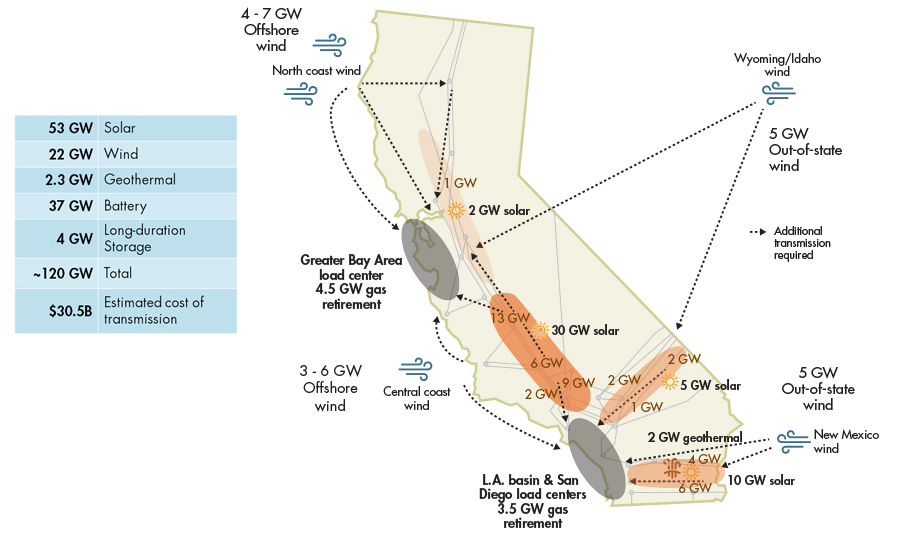
Costs for all this additional transmission were roughly split among a third for offshore wind, a third for generation inside California and a third to provide access to out-of-state resources. And Galbraith noted that in the net-peak or high system needs scenario in 2040 that meets early evening hour summer peaks, there is a projected 11,000 megawatts (MW) of capacity coming into California from other states in the West, a larger amount of regional integration than most people realize.
Each of the panelists reflected on the obvious upshot of this opportunity: the need to coordinate with neighboring states and utilities. So far, as Millar pointed out, there has been good coordination of data, but a lack of real progress in multi-state transmission development over the last decade. He also noted how the one-size-fits-all cost allocation approach for interregional projects in FERC Order No. 1000 has actually been a barrier to meaningful discussions. To add perspective, Galbraith pointed out how planning tends to be conducted in a utility-by-utility, piecemeal manner, with Bolton noting PacifiCorp’s recent success with its multi-state Gateway project, made possible by the company’s unique six-state footprint. Going forward, Galbraith articulated the benefits of holistic planning for the entire Western Interconnection because of the reliability and efficiency improvements that would accrue across the region. He referred to the benefits as “market transmission,” to highlight the economic opportunities that are only uncovered by looking beyond what is strictly needed for reliability compliance. We have to think more about portfolios of projects, rather than
single-line assessments, and in a more geographically broad way than the present norm. To develop such an approach, states would also need to focus more on joint decision-making than what is typically done today.
The toughest questions, everyone agreed, revolve around who should pay for needed regional transmission - the so-called “cost allocation” problem. Bolton got the audience chuckling when he said, “Everyone wants to go to heaven, but no one wants to die” in describing the difficulty of allocating costs. Galbraith then noted how the Midwest states work together on this through the organization of states in the Midcontinent Independent System Operator, and how that could serve as a model for the West.

New ways to maximize the use of existing corridors will also be important, panelists agreed, and Millar pointed out how this needs to be balanced against the increased threat of losses of corridors from wildfires and other risks. Given the difficulty of getting new rights of ways, Grid-Enhancing Technologies, advanced conductors, and other options can also help achieve greater efficiencies from existing infrastructure.
Overall, panelists agreed that there is broad-based consensus in the West that transmission planning, coordination, and development are a priority for states, utilities, and their customers. The evolution of markets is very helpful towards an efficient and reliable system, and the infrastructure needs to be built as a foundation for such a regional power exchange. The next steps need to be about neighboring systems and utilities working more closely together on mutually beneficial plans, integrated West-wide holistic studies of efficient and reliable grid configurations, and joint state discussions on plans and cost allocation. Millar pointed out, as does the ISO’s 2022-2026 Strategic Plan, that we need to do a better job of “reimagining” the linkages between current procurement processes and planning and interconnection practices.
These efforts are both very near-term over the next year for particular transmission line options that need to move forward, and longer term for a more integrated Western grid. There will be a lot of work in this area for state policy makers, utilities, and stakeholders around the West. And because projects can take a decade or more to be completed, there is no time to waste.
